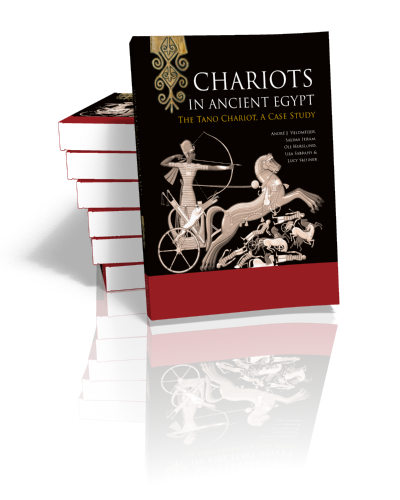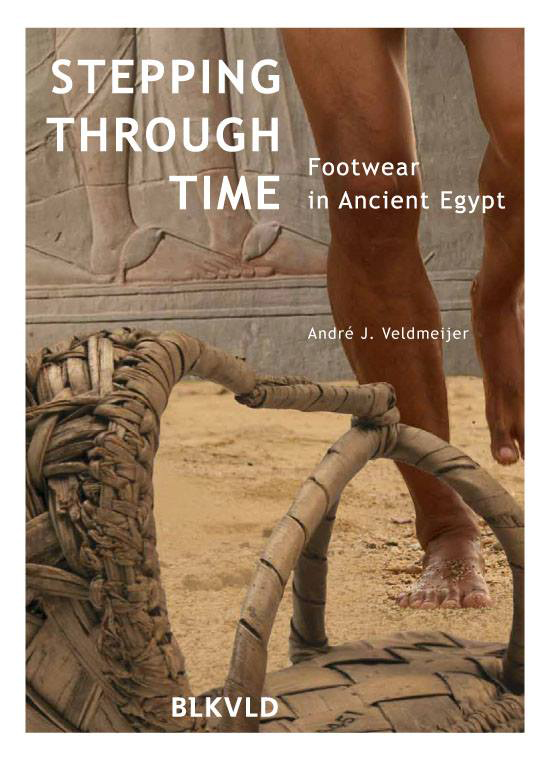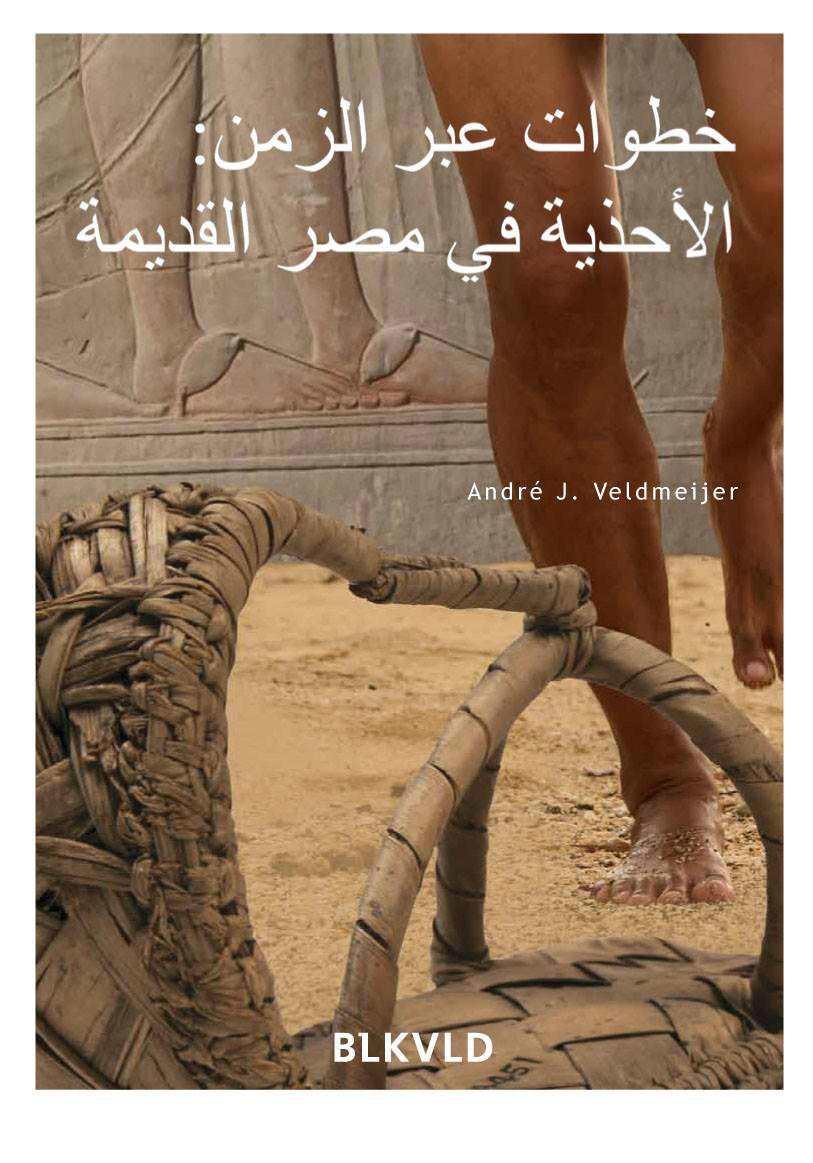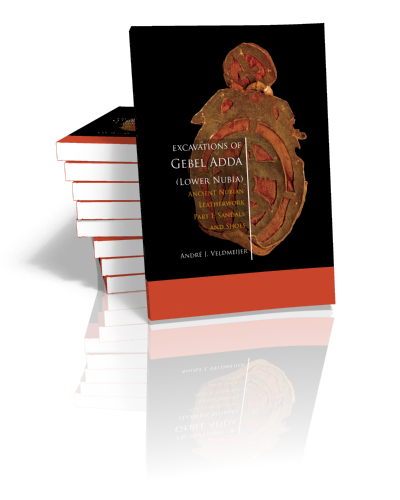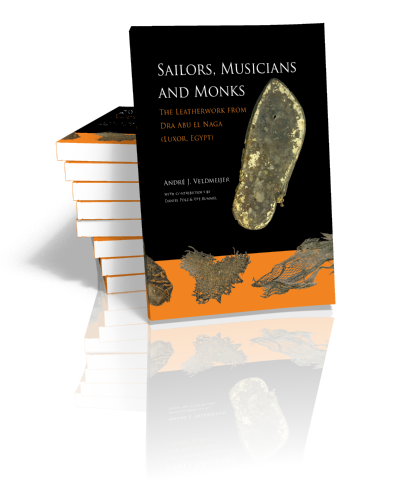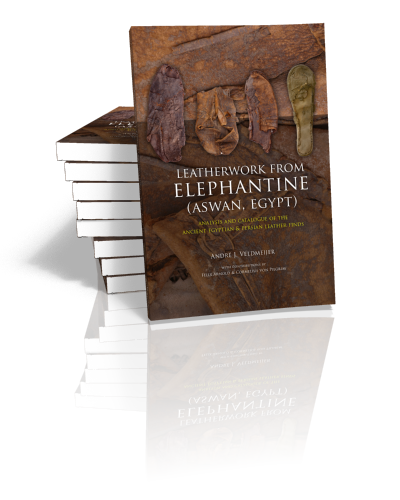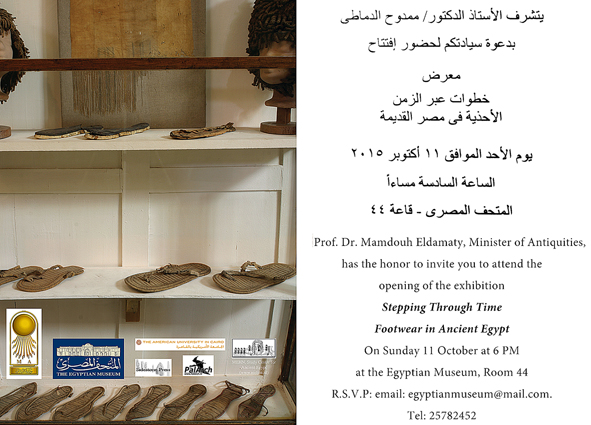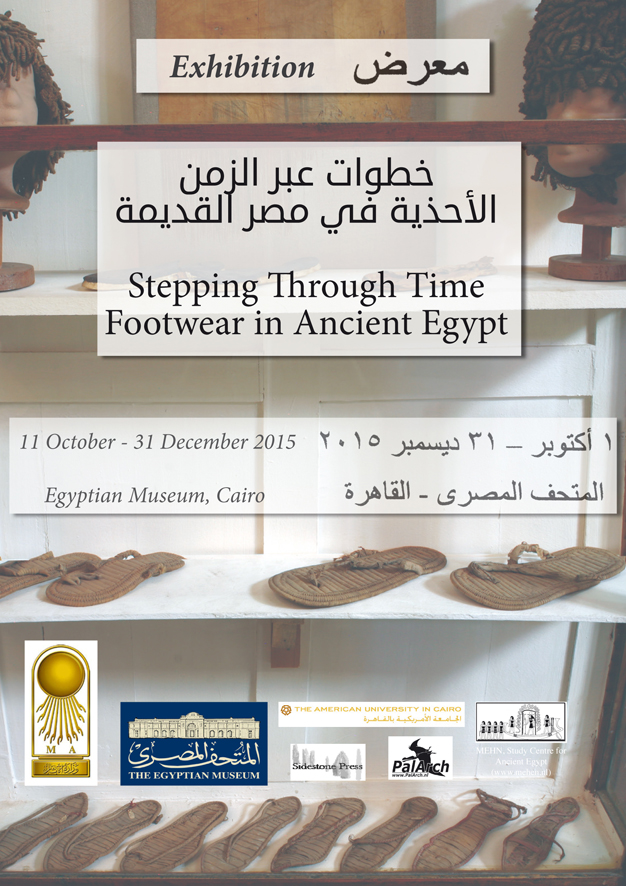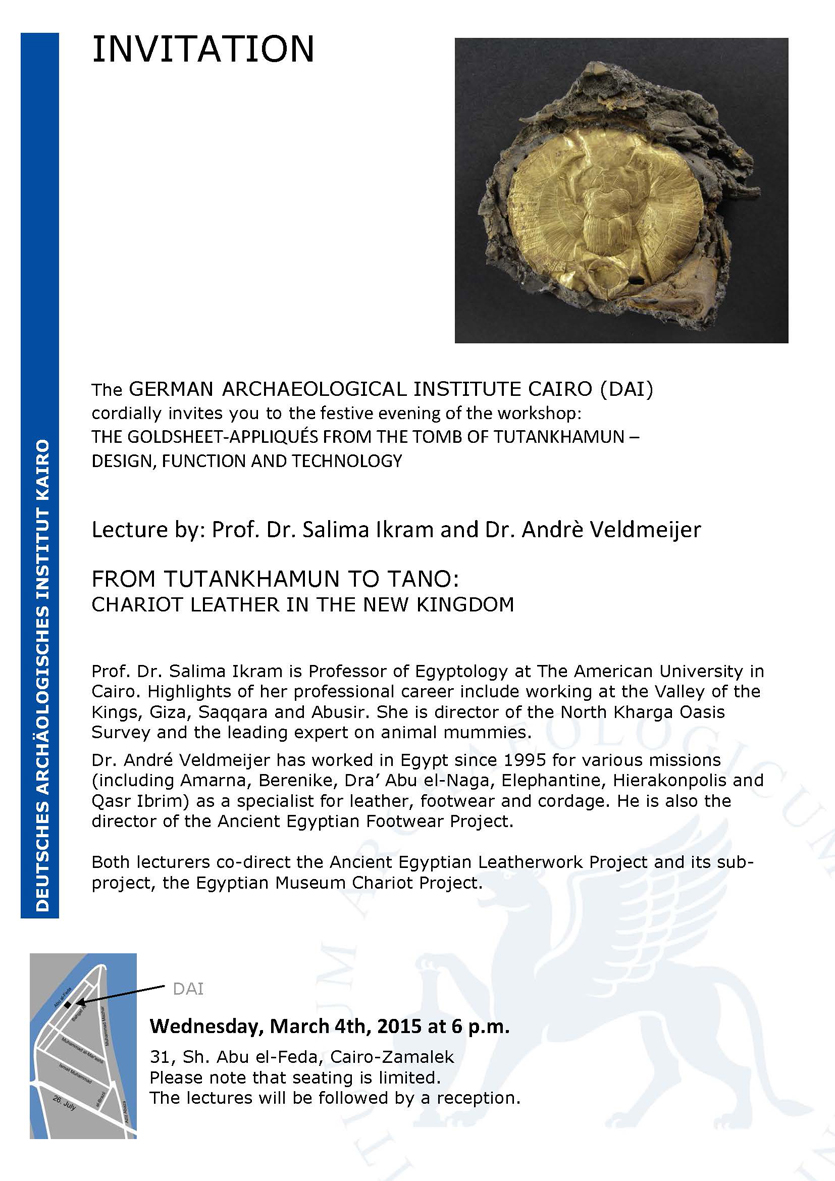Panadès I Blas, Xavier, Roland Baddeley & John Fennell. 2021. Testing the Utility of Gaussian Mixture Models in Parataxonomic Classification of Fossil Eggs. – Palarch’s Journal of Vertebrate Palaeontology 17(3) (2021).
Fossil eggs and eggshells are very seldom associated with skeletal or dermal remains and can rarely be assigned taxonomically. This has resulted in oologists creating an alternative classification system for fossil eggs and eggshells: the parataxonomy of fossil eggs. Under parataxonomy, fossil eggs are classified in oospecies, oogenera and oofamilies according to qualitative microstructural characters (e.g. shape of the shell units and ornamentation) and highly heritable quantitative characters (e.g. height of unit, HU, and width of unit, WU). Megaloolithus oospecies is an egg type previously partially attributed to both titanosaurian and hadrosaurid dinosaurs. These oospecies are defined by the shape of their units and the quantification of the morphometric variation and variability of their microstructures (HU and WU of eggshell units). Two competing interpretations of the observed morphological variation of the eggshell units have been proposed: 1) different megaloolithic morphologies are indicative of different dinosaur species; and 2) the same dinosaur species was responsible for all the variation seen in megaloolithic eggshell units. In this study, a Gaussian mixture model was applied to test both interpretations. This probabilistic model assumes all the data points are generated from a mixture of a finite number of Gaussian distributions with unknown parameters. We compared the morphometric distributions of HU and WU in eggshells, eggs and clutches belonging to six Megaloolithus oospecies from Catalonia to the defined morphometric variation seen in the eggshell microstructures of two extant turtle species and two crocodile species. The resulting Gaussian model was best defined for four distributions of HU and WU representing the extant turtle and crocodile oospecies, and three distributions consisting of one or more Megaloolithus oospecies. It was inferred that Megaloolithus oospecies from the Late Cretaceous of Catalonia depict the polymorphism of a monotypic taxon and were laid by a single dinosaur species.

